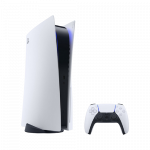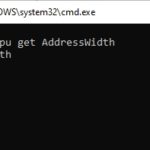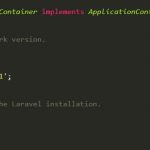The memory controller is responsible for handling all of the information that flows between the CPU and main memory. It accepts data from the CPU, which it stores in cache until it can be written to RAM or some other device on the system. The controller then retrieves requested data from RAM and sends it back to the requesting device (usually a CPU). Memory controllers are an essential part of any computer system because they provide one of the most important links between devices.
The speed of RAM is generally faster than other types, but it needs to be constantly refreshed. This refresh happens through the memory controller that ensures the computer stays on while it refreshes this constant flow or power into your device’s RAM chips in order for them not to lose their information when powered off.
The memory controller also manages read and write operations to the RAM chips, acting like a middleman in order to “mail” information. It selects an appropriate demultiplexer circuit for data storage and retrieval, just as houses are connected by streets with addresses that inform mail delivery services where they need to go.
A dual-channel memory controller is used in some types of memories. On these, two controllers work together on separate buses allowing multiple read and write operations to occur concurrently. The advantage here is that the total bandwidth can be doubled while still maintaining a balanced flow between input/outputs . However, because other system considerations such as speed limit this extent even further than expected, this is often not the case.
The memory controller also has other responsibilities in addition to providing access to RAM. It can provide help by controlling a graphics card’s frame buffer, a disk drive’s embedded memory, and an SSD ‘s NAND flash.
As you can see the memory controller is a very important component in your computer and it allows for various devices to communicate with one another. Without it your computer would not be able to function at all.




